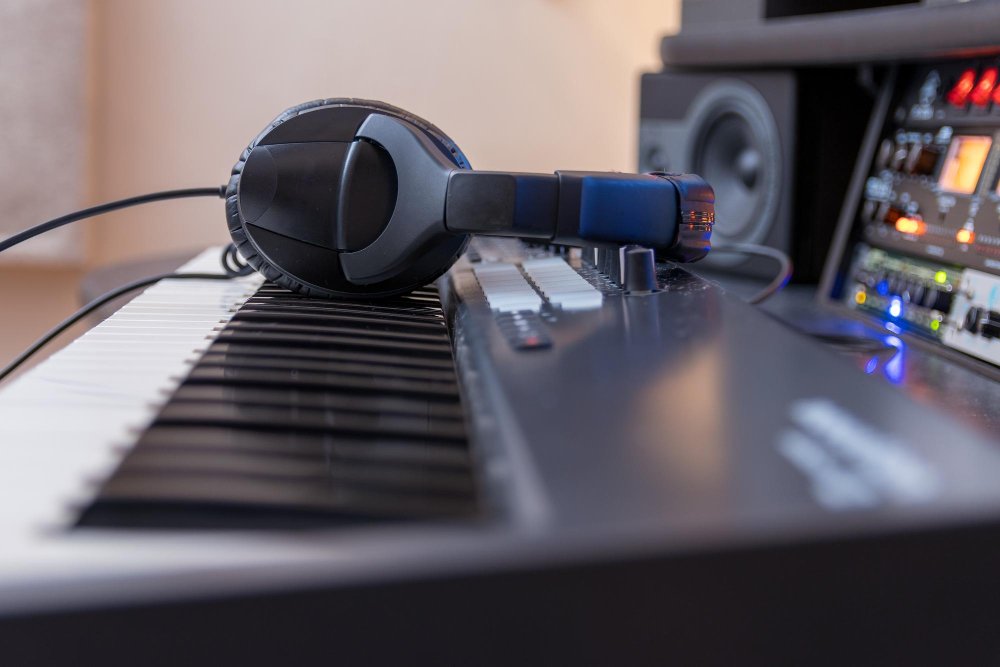In the digital age, the art of home recording has become increasingly accessible. Whether you’re a budding musician, a podcast enthusiast, or a content creator, having the right sound card is paramount to achieving professional-grade audio recordings within the comfort of your home studio. A sound card, also known as an audio interface, serves as the bridge between your instruments or microphones and your computer, ensuring high-quality sound capture and playback. With a myriad of options available in the market, selecting the ideal sound card tailored to your needs can be a daunting task. However, with some fundamental knowledge, you can navigate through the choices and make an informed decision.
Understanding Your Recording Requirements:
Before delving into the technical specifications of sound cards, it’s crucial to evaluate your specific recording needs. Consider the following factors:
- Inputs and Outputs: Determine the number of simultaneous inputs (microphone, instrument, etc.) and outputs (speakers, headphones, etc.) you’ll require for your recordings. This could range from a single microphone input for solo recordings to multiple inputs for a band setup.
- Connection Type: Assess the connection options that best suit your setup and computer. Common connection types include USB, Thunderbolt, and PCIe. USB interfaces are popular for their ease of use and compatibility across various devices.
- Audio Quality: Pay attention to the bit depth and sample rate supported by the sound card. Higher bit depths (such as 24-bit) and sample rates (e.g., 48kHz or 96kHz) offer better sound quality and more detailed recordings.
- Portability: If you plan to record on-the-go or need a portable setup, consider a compact and lightweight sound card that doesn’t compromise on features.
Key Features to Look For:
Once you’ve outlined your recording requirements, here are some essential features to consider when choosing a sound card:
- Preamps: Quality microphone preamps are crucial for capturing clean and transparent audio. Ensure the sound card has preamps that match the number of microphones you intend to use.
- Low Latency: Look for a sound card with low-latency performance. This minimizes the delay between input (playing an instrument or speaking into a microphone) and hearing the output, crucial for real-time monitoring without disruptive delays.
- Compatibility and Software: Check for compatibility with your operating system and recording software. Some sound cards come bundled with proprietary software for enhanced control and functionality.
- Durability and Build Quality: Invest in a sound card built with durable materials, especially if you anticipate frequent travel or heavy use.
Budget Considerations:
Sound cards come in a wide price range, from budget-friendly options to high-end professional-grade interfaces. While it’s tempting to opt for the most feature-rich model available, consider your budget and prioritize features that align with your immediate recording needs. It’s often better to invest in quality rather than quantity of features.
Research and Reviews:
Before making a purchase, conduct thorough research by reading reviews, watching demonstration videos, and seeking recommendations from fellow musicians or recording enthusiasts. Online forums and communities dedicated to audio recording can provide valuable insights based on users’ experiences.
In conclusion, selecting the right sound card for home recording involves a balance between your specific recording requirements, essential features, budget considerations, and thorough research. By understanding your needs and assessing the features offered by various sound cards, you can make an informed decision that elevates the quality of your home recordings and enhances your overall recording experience.
